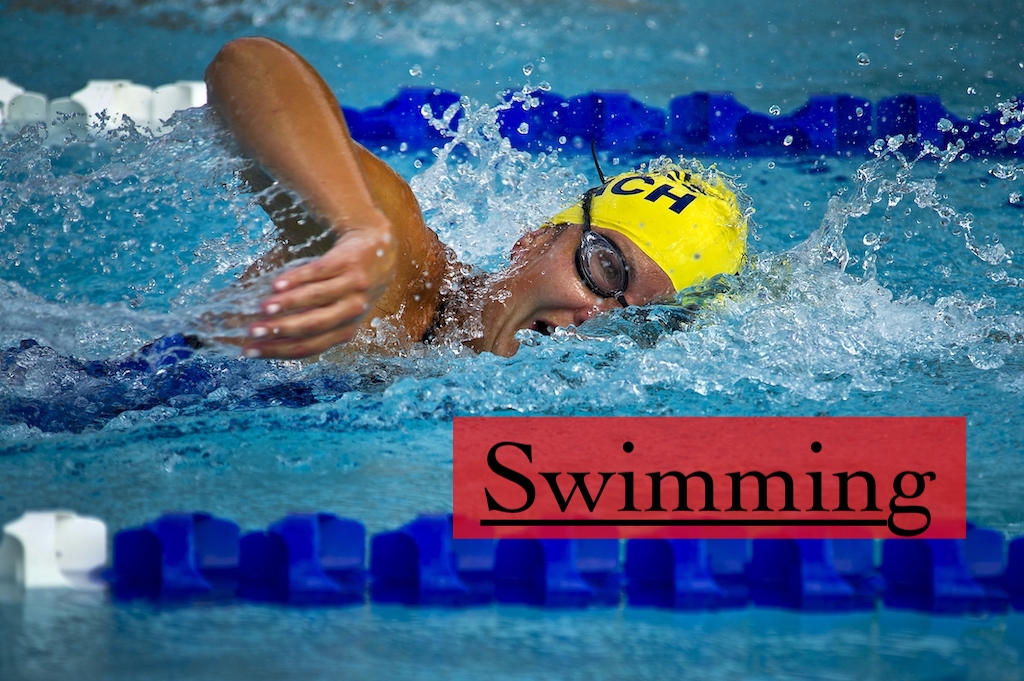Swimming (Individual/Group/Events)
Kindly contact us via email info@mof.com.sg or whatsapp (click on below) to tailor make a program for you, your company, club or school. We do that weekly at affordable prices for all groups of people! There are basic and advanced programs, small or larger groups, one-off activities or weekly customized programs etc. etc.
info@ministryoffootball.com.sg
https://api.whatsapp.com/send?phone=6592799006
Contact us at for more information ! The below gives you an idea of what our program will be like!
Overall Objectives
Sports is an integral part of students’ life, as it provides the following benefits – Physical fitness, self-confidence, teamwork, and Leadership skills. Meanwhile, it also provides some important life lessons such as discipline, dedication, and ability to overcome failure.
Programme Description
The Strategy of the program has several specific structured components, which guides in monitoring and developing student-athletes based on their individual characteristics. The plan and strategy of the program helps all the athletes in achieving the overall objective.
Description of each session:
BASICS
Safety Rules
Pool safety component, which is comprised of several basic rules is an important aspect of swim lessons. To properly utilize the efficiency of young swimmers, pool safety education is mandatory.
Acclimation
It is very much important to take it slow and steady for the beginner level swimmers. Firstly, help the swim student to get adapted to the environment. Further, hold the child closely in a gentle manner and then slowly dip your body lower until the water in up to the child’s shoulders. Holding your student is the most important aspect during beginning lessons.
Submersions
The next step is to be taken even slower. By reassuring your student, gradually dip in the water with the student’s chin first, followed by mouth, which includes blowing bubbles task and finally the nose. Further, help the student in holding breath for 1-2 seconds.
Kicking
Kicking is one of the most important skills of swimming. Now, hold your child in front of you and help them to begin kicking their feet underwater, slowly, and steadily.
Back float
The next step is to support your student’s head and body with your hands, while they are back floating and breathing. Further, guide them to have eye contact by standing behind them. After floating for 30-60 seconds, gradually reduce your hand support.
Front float
Like back float, must provide similar support to the student, while front floating. Firstly, start with head up front floating, followed by face-in-the-water front floating. A snorkel and mask can be used for older students.
BASICS II
Safety Rules
A quick review of previous swim safety rules. With feet first is the safe jumping in method, while diving head first is not. But it is on the contrary to the competitive swimmers.
Breath Control
A swim student will not be able to control breath underwater at the very first stage. Hence, it is necessary to guide them in a very gentle and proper manner along with encouragement. A separate practice is needed for breath holding.
Rolling
Rolling from back to front and vice-versa is an important skill. Begin the rolling practice by providing support to the student. The student should be able to roll easily with breath control, by following the proper mechanism.
Kicking
Flutter kick practice is important during every lesson. Initially, we should start with splashing water, motor boating and kicking. Further, the swim kick should use the entire lower body. Usage of kickboard will be helpful.
Jumping In
Jumping In practice can be provided in a way such that, the swim student is jumping in towards you, and resurfacing to your arms. Guide the student to jump out into the pool, away from the wall, also provide practice on land, which will be helpful.
BASICS III
Safety Rules
Continue practicing basic skills of swimming such as touching bottom and resurfacing, along with swimming short distances to the sides. Pool barriers are also to be discussed.
Breath Control
While holding breath – front floating and back floating breathing exercises, rolling and dipping practices are to be continued, which will help in increasing the time underwater. Children under 3 years are to be monitored and guided properly during this practice.
Dog Paddle
Initially, while starting dog paddle a little support is to be provided under the belly. Deeper strokes using a longer kick stride is the basic components of perfect doggy paddle.
Back Sculling
The students must be taught the usage of arm and wrist during back float, and how it can used like boat oars to move more water. Also, the sophomores must know how the back kick can result in faster propulsion.
Dive and Rise
Further, help the students in practicing the push off underwater and followed by gliding while you are 4-6 feet away. Front breast stroke pull can also be added.
Treading Water
When the students feel more comfortable with the previously practiced skills, its high time to practice treading water skills. Also, guidance is to be provided to coordinate their arms and legs to float in water without tiring effort.
INTERMEDIATE
Safety Awareness
Review the basic rules of the pool such as no swimming alone, etc. Children should be given a small responsibility for pool safety and should also be encouraged and appreciated for following the safety measures properly.
Straight Kick
Straight kick is more advanced with the involvement of the entire leg and its coordination. This should be practiced constantly, until it becomes automatic and easier for the swimmer.
Backstroke Kick
Backstroke kick is very much similar to the front kick, with a few differences. It should be practiced slowly and steadily, in order to get a perfect backstroke kick.
Freestyle Breathing
Freestyle breathing should initially be practiced on dry land, then in the pool with light support. Demonstration videos can also be used, which will be helpful in practicing the motion of turning the head to breathe in coordination with the opposite hand thrust.
Freestyle Stroke
The three main components of Freestyle stroke are Kicking, Pulling and Breathing. This may not be easy for children between 5-6 years. Hence, this requires slow and consistent practice.
Advanced Treading Water
Before practicing the advanced treading water, all the basics of treading water should be reviewed. It should be practiced constantly with breathing exercise, such that the swim student can tread water for 30-60 seconds, while you accompany.
ADVANCED
Water Rescue Basics
The swim student must know all the basic rules of safety and when to dial 911 for rescue. Younger children should be taught to reach for an adult in such cases, and also the students should be encouraged and appreciated when they follow the rules properly. Based on the child’s capability of understanding, CPR demo can also be discussed, if possible.
Backstroke Basics
A good back float and a solid back kick are the basics of Backstroke. Rhythmic breathing during backstroke, along with stretching out and kicking will result in perfect motion.
Eggbeater Kick
In this Eggbeater kick, each leg moves in opposite direction, while one leg is pumping up and down, and the other leg is in a circular rotation. This is a powerful kick, which helps in treading water and conserving energy.
Breaststroke Kick
In Breaststroke kick, the legs are squeezed up together while being pushed out with force to full length. This can be practiced using small kickboards, while large float, and also on dry land using demonstration videos.
Breaststroke Basics
The Breaststroke motion is as follows – Initially, the hands are to be pulled down from the top and joined below the chest, then bringing the arms back up the middle. Meanwhile, the upper body should be flat and should bounce back upwards when the arms are brought back to the chest. This stroke is harder for younger children and it requires constant practice.
Advanced Freestyle
Consistent practice of earlier lessons will result in better advanced freestyle. It will help us in achieving Better breathing skills, perfect strokes, and easier kicking.


